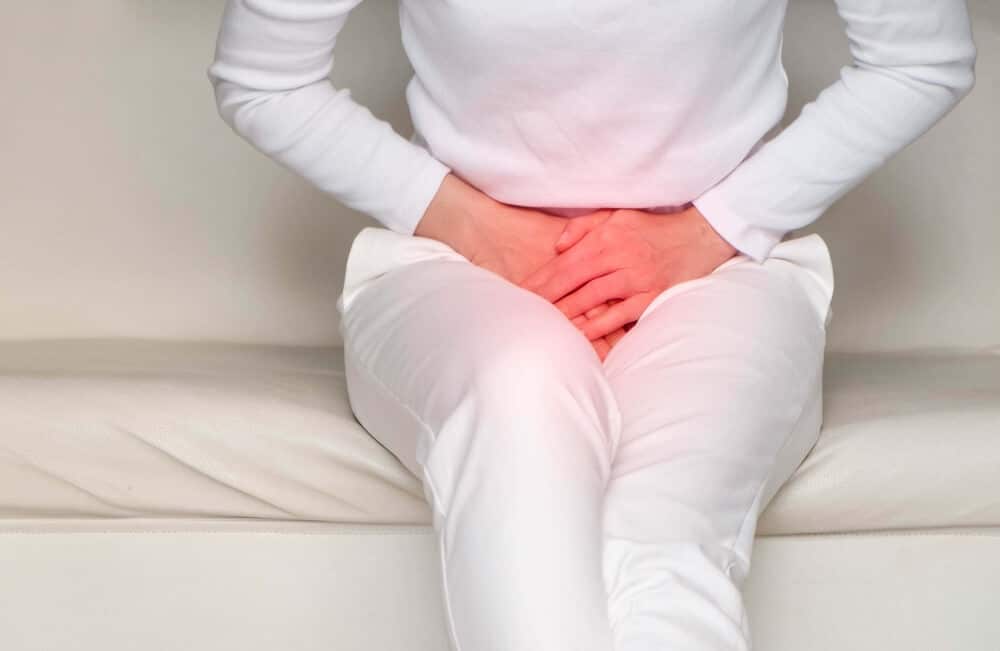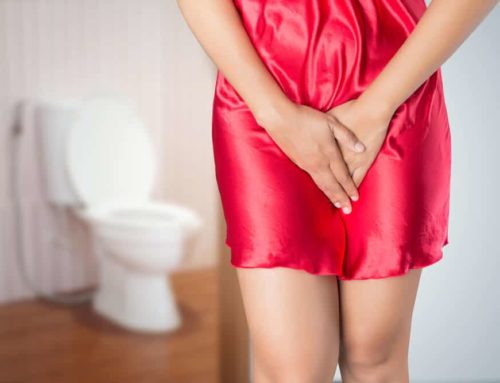After childbirth, it’s only natural that your entire world revolves around your bindle of joy. And there are good reasons for that: they have to rely on somebody to rock them to sleep, to feed them, to change them, and so on. They are adorable, and you simply want to spend every waking moment with them.
As a matter of fact, they can even distract you from noticing a couple of essential changes in your body after delivery. As your body recovers from the trauma of giving birth, you may experience postpartum incontinence, such as uterine bleeding and blader leeks.
And sometimes, these symptoms won’t get better on their own, and a more focused approach is required to address them. In this article, Dr. Andrew Krinsky shares six valuable tips to help you fight postpartum incontinence with the help of lifestyle changes, pads, timed voiding, exercises, and more.
Incontinence After Childbirth – Main Causes
Childbirth, even though a beautiful thing, can be pretty strenuous on the female body. As your body prepares for giving birth, your organs adjust to the situation, which leads to more pressure on the muscles of your pelvic floor and your bladder. Over the course of the pregnancy, these muscles weaken, your cervix stretches, and your joints become looser.
During childbirth, the pelvic muscles, ligaments, and bones stretch. This is a process that will take your body some time to recover. Some experts say it will be no longer than six weeks, while others estimate that in some cases, full recovery will take between six months to an entire year.
During this period, you will experience hormonal changes that will affect the bladder. Also, the uterus will retract to its prepartum size, which can also cause extra bladder pressure.
All in all, all of these changes (pressure, stretching) can cause incontinence after childbirth as the weak pelvic muscles may not be able to contract enough to stop urine leakage. As such, you might experience urine leaking during exercise, sneezing, heavy lifting, or even laughing.
Postpartum incontinence is also called SUI or stress urinary incontinence. It is a common issue that affects about seven million mothers in the country alone. The condition may also arise after c-sections and low-stress child deliveries in around half of women.
6 Postpartum Incontinence Management Tips

There are several ways that may help you achieve better bladder control while your body is recovering from the pregnancy. Here are only a few ways that can help you with incontinence after childbirth.
- Bladder Control Pads
You don’t need to wear bulky briefs as there are many small bladder control pads available. These are among the best incontinence supplies if you are looking for a discreet solution. The control pads are able to absorb the leakage. As a matter of fact, they are much like menstrual pads.
When assessing the costs of these incontinence supplies, you should also know that some options might be covered through your insurance, but it’s always best to check with your provider.
- Lifestyle Changes
When you are trying to tackle the problem of incontinence after childbirth, there are several small things you can do in your daily routine that may help you alleviate your symptoms.
- Drink enough water: aim to drink around eight glasses of water to avoid dehydration and urinary tract infections.
- Focus on healthy foods: focus on fiber-rich options like vegetables and fruits. Caffeine, spicy dishes, and refined sugars are known bladder irritants – try to avoid them.
- Limit the pressure on the abdomen: this will also ease bladder pressure preventing leakage.
- Stay away from nicotine: nicotine can affect the bladder muscles directly. Coughing from nicotine can lead to unnecessary stress on the muscles of the bladder, only prolonging incontinence problems.
- Watch your weight: losing all the baby weight following pregnancy can be difficult, so at least try to lower your weight within healthy limits to relieve some of that bladder pressure.
- Kegel Exercises
Apart from bladder control pads and lifestyle tweaks, kegel exercises may also help you with incontinence. These exercises can strengthen the muscles of your pelvic floor. Try to squeeze the muscles of your pelvis and hold them for around ten seconds – simple as that.
On that end, if you want to learn more about performing these exercises, you can always reach out for professional help.
- Healthcare Providers
Without a doubt, getting professional help can go a long way in helping you combat the unwanted effects of postpartum incontinence. As a matter of fact, it’s always a good idea to reach out to your healthcare provider so you can rule out other, more severe medical problems. Getting help from a pelvic floor physical therapist may also help you strengthen the pelvic floor muscles.
- Timed Voiding
Timed voiding is another approach that may help you manage your issues more effectively. In general, it’s considered normal to visit the bathroom every two or three hours. If you need to go more frequently than that, you can always give bladder training techniques a try to gain back keep your bladder functions more intact. Timed voiding is exactly as it sounds: try visiting the restroom every 30 minutes to an hour and work your way up, extending the time period between your visits. If you empty your bladder before certain activities like exercising, you can limit leakage problems.
- Medical Devices and Medications
Postpartum incontinence problems may also be alleviated with the help of certain support devices and medications. These help control the urine’s flow and relax your bladder. For example, a pessary placed in the vagina can help you fully empty the bladder and may also help you with organ prolapse in the pelvic area.
You might also find that bladder slings (surgically inserted devices that combat incontinence symptoms) may also help control the problem.
Extra Tip: Join a Support Group

Motherhood alone can pose quite a challenge, and if you also have to deal with incontinence problems on top of that, it’s easy to get overwhelmed. Joining online forums or support groups can go a long way in getting through rough times. Sharing your struggles with people who are experiencing or going through the same problems may help you soothe your feelings and remind you that you can beat these issues.
Give Your Body Time
As we’ve mentioned above, recovering from delivery can take up to a year, and most of the time, mothers simply don’t have the time to address all the changes in their bodies because they are attending to the needs of their newborn baby. Still, incontinence problems should be addressed, especially if they are causing you problems in your everyday life. From supplies and pads to exercises, specific medications, and devices, you have a wide range of options to regain control over your bladder and weakened pelvic muscles.
If you are looking for professional help or if you have any concerns, feel free to reach out to our practice. With the help of Dr. Krinsky, you can find the best solution for your problems and finally can experience all the joys of motherhood without any uncomfortable distractions.



